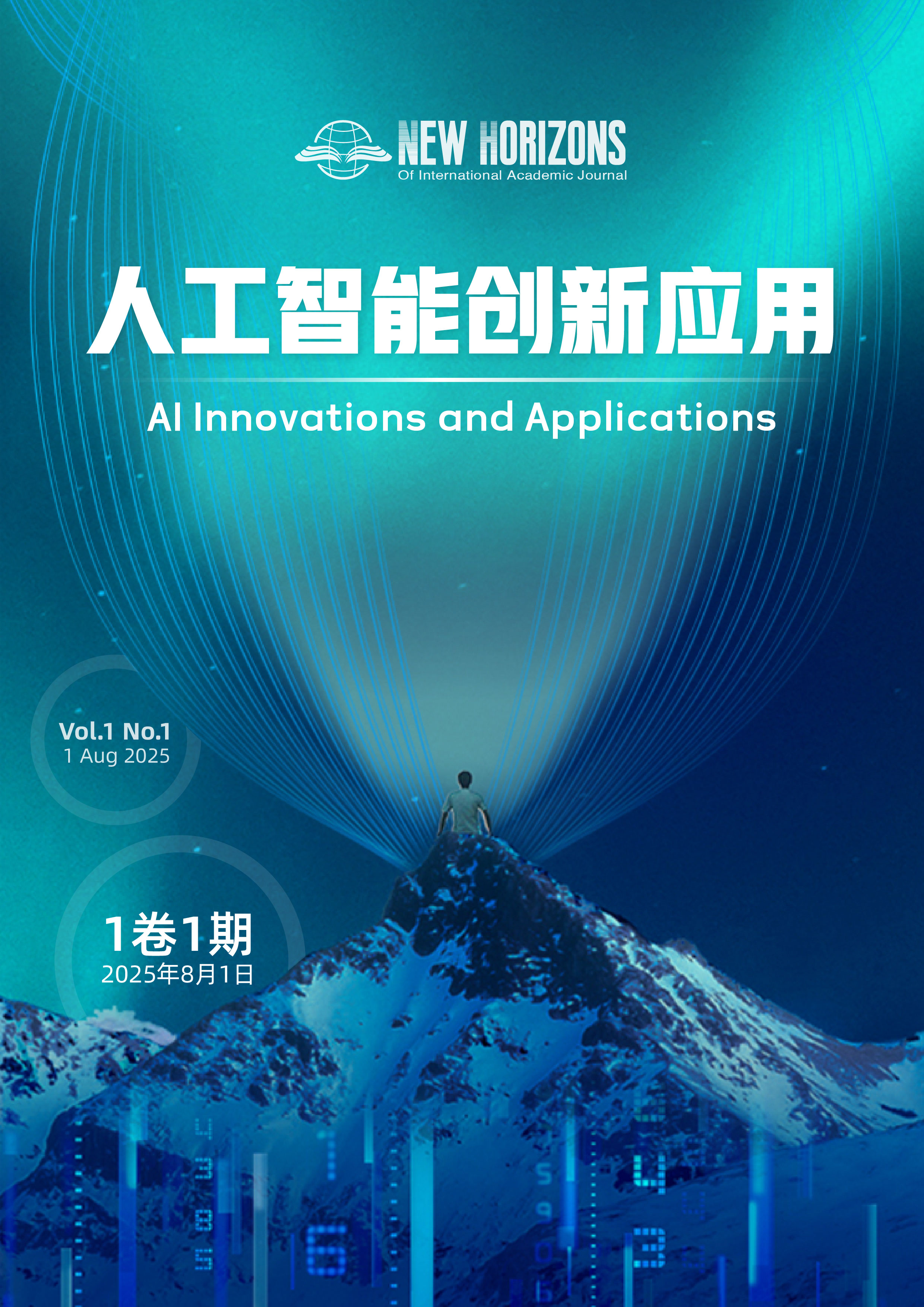The infuence ofAI application on carbon emission intensity of industrial enterprises inChina
DOI:
https://doi.org/10.63944/nh11wx42关键词:
AI application; Reduction of carbon emission; Word vector model摘要
As a critical aspect of the industry 4.0 era, the application of artifcial intelligence (AI) is signifcant to environmental governance. It serves as a crucial driving force in assisting enterprises in the transition toward low-carbon practices.This paper examinesChina’sA-share industrial enterprises from 2011 to 2022, constructs and trains a word vector model to extractAI-related terms, and the impact of AI applications on the carbon emission intensity of these enterprises is investigated.The fndings reveal that enhancing the level ofAI application can efectively decrease carbon emission intensity. Specifcally, a 1% increase inAI application leads to a reduction of 0.0395% in carbon emission intensity. Further analysis indicates that enterprises can diminish their carbon emission intensity by the optimization of supply chain and green technology innovation. Heterogeneity analysis suggests that utilizingAI is benefcial for reducing the carbon emission intensity of manufacturing, high- tech, and high-pollution enterprises.The results of this study enrich the micro-level research on the relationship betweenAI and carbon emission intensity, ofering valuable insights for enterprises aiming to achieve sustainable development.
参考文献
[1] Y. K. Dwivedi, et al., “Setting the future of digital and social media marketing research: perspectives and research propositions,” International Journal of Information Management, vol. 59, no. 1, pp. 1–37, 2021, doi: 10.1016/j.ijinfomgt.2020.102168.
[2] B. Kuriakose, R. Shrestha, and F. E. Sandnes, “Tools and technologies for blind and visually impaired navigation support: a review,” IETE Technical Review, vol. 39, no. 1, pp. 1-16, Sep. 2020, doi: 10.1080/02564602.2020.1819893.
[3] S. Klauke, C. Sondocie, and I. Fine, “The impact of low vision on social function: the potential importance of lost visual social cues,” Journal of Optometry, vol. 16, no. 1, May 2022, doi: 10.1016/j.optom.2022.03.003.
[4] M. Fayyad and A. R. Al-Sinnawi, “Challenges of achieving financial inclusion for individuals with visual impairments,” Heliyon, vol. 10, no. 16, Aug. 2024, doi: 10.1016/j.heliyon.2024.e35573.
[5] F. Fuentes, A. Moreno, and F. Díez, “The usability of icts in people with visual disabilities: a challenge in spain,” International Journal of Environmental Research and Public Health, vol. 19, no. 17, Aug. 2022, doi: 10.3390/ijerph191710782.
[6] J. Wang, S. Wang, and Y. Zhang, “Artificial intelligence for visually impaired,”Displays, vol. 77, Apr. 2023, doi: 10.1016/j.displa.2023.102391.
[7] R. C. Joshi, N. Singh, A. K. Sharma, R. Burget and M. K. Dutta, “AI sensevision: a low-cost artificial-intelligence-based robust and real-time assistance for visually impaired people,” IEEE Transactions on Human-Machine Systems, vol. 54, no. 3, pp. 325-336, Jun. 2024, doi: 10.1109/THMS.2024.3375655.
[8] R. Shendge, A. Patil, and S. Kadu, “Smart navigation for visually impaired people using artificial intelligence,” ITM Web of Conferences, vol. 44, 2022, doi: 10.1051/itmconf/20224403053.
[9] S. Selvan, J. Stella, K. B and N. V. G. S. Nikitha, “Smart shopping trolley based on iot and ai for the visually impaired,” in International Conference on Cognitive Robotics and Intelligent Systems (ICC-ROBINS), Coimbatore, India, 2024, pp. 132-138, doi: 10.1109/ICC-ROBINS60238.2024.10533927.
[10] A. Kuzdeuov, O. Mukayev, S. Nurgaliyev, A. Kunbolsyn and H. A. Varol,“ChatGPT for visually impaired and blind,” in International Conference on Artificial Intelligence in Information and Communication (ICAIIC), Osaka, Japan, 2024, pp. 722-727, doi: 10.1109/ICAIIC60209.2024.10463430.
[11] C. Cherotich, K. P. Cheptoo, and R. M. Obare, “Challenges in accessing digital resources among visually impaired (VI) students at the university of nairobi library,” Information Development, Jun. 2024, doi: 10.1177/02666669241259083.
[12] Y. Abdelaal and D. Al-Thani, “Accessibility first: detecting frustration in web browsing for visually impaired and sighted smartphone users,” Universal Access in the Information Society, Oct. 2023, doi: 10.1007/s10209-023-01053-3.
[13] A. Baumgartner, T. Rohrbach, and P. Schönhagen, “If the phone were broken, I’d be screwed’: media use of people with disabilities in the digital era,” Disability & Society, pp. 1–25, May 2021, doi: 10.1080/09687599.2021.1916884.
[14] M. Rohrbach, W. Qiu, I. Titov, S. Thater, M. Pinkal and B. Schiele, “Translating video content to natural language descriptions,” in IEEE International Conference on Computer Vision, Sydney, NSW, Australia, Mar. 2013, pp. 433-440, doi: 10.1109/ICCV.2013.61.










